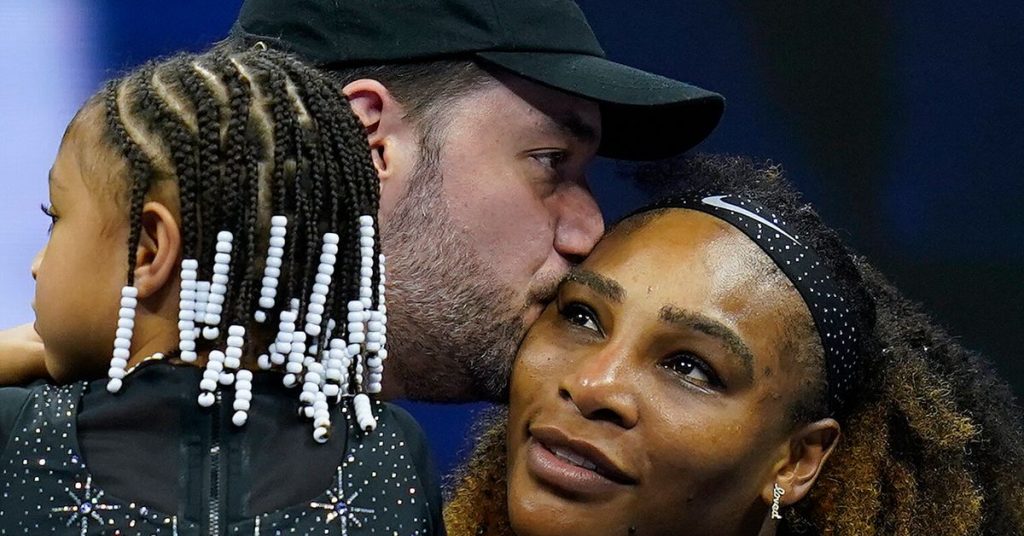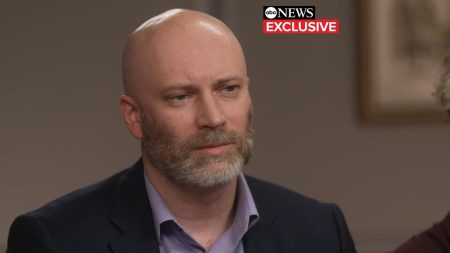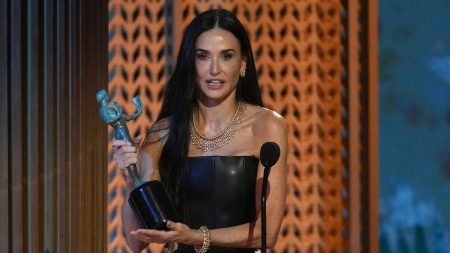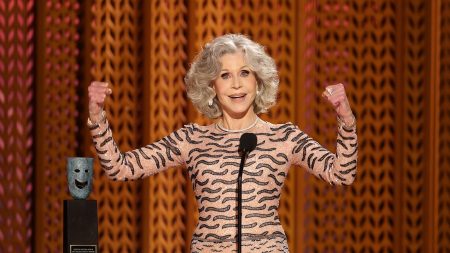The Feud Between Jason Whitlock and Alexis Ohanian: A Reflection of Broader Societal Issues
The exchange between Jason Whitlock and Alexis Ohanian centers on the derogatory term "beta," which Whitlock used to label Ohanian after he defended his wife, Serena Williams, for her dance during the Super Bowl. This incident underscores deeper societal issues related to masculinity, race, and gender roles.
Toxic Masculinity and the "Beta" Label
Whitlock’s use of "beta" aligns with a toxic view of masculinity that equates dominance and assertiveness with manhood. This perspective, often promoted in traditionalist circles, dismisses emotional support and sensitivity as weak. By calling Ohanian a "beta," Whitlock implies that supporting Serena Williams is unmanly, reflecting a narrow and outdated understanding of masculinity.
Racism and Misogyny in Criticism of Serena Williams
Serena Williams, a Black woman, has faced significant criticism, including misogynoir—a combination of racism and sexism. Whitlock’s past and present criticisms of her dancing highlight how Black women are often unfairly targeted. Ohanian’s defense of his wife is a stand against this discrimination, showcasing the importance of allyship and support in combating systemic racism and sexism.
Ohanian’s Response and Redefining Masculinity
Ohanian’s rebuttal to Whitlock emphasizes emotional intelligence and personal growth, advocating for a healthier form of masculinity. He posits that true strength lies in being supportive and self-aware, challenging the toxic notion that men must be dominant. His response promotes a more inclusive understanding of male roles, where emotional expression and support are valued.
Broader Implications and Societal Debates
This feud extends beyond personal insults, reflecting broader debates on gender roles and racial discrimination. Whitlock’s stance represents a toxic perspective that limits men’s emotional expression, while Ohanian’s response advocates for a more progressive view of masculinity. The incident highlights the ongoing struggle to redefine masculinity away from dominance and towards support and empathy.
Conclusion
The conflict between Whitlock and Ohanian is a microcosm of societal discussions on masculinity, race, and gender roles. It challenges the notion that men must conform to traditional, toxic ideals and promotes a more inclusive understanding of male identity. Ohanian’s defense of Williams and his response to Whitlock exemplify a pushback against sexism and racism, advocating for a healthier, more supportive form of masculinity.















